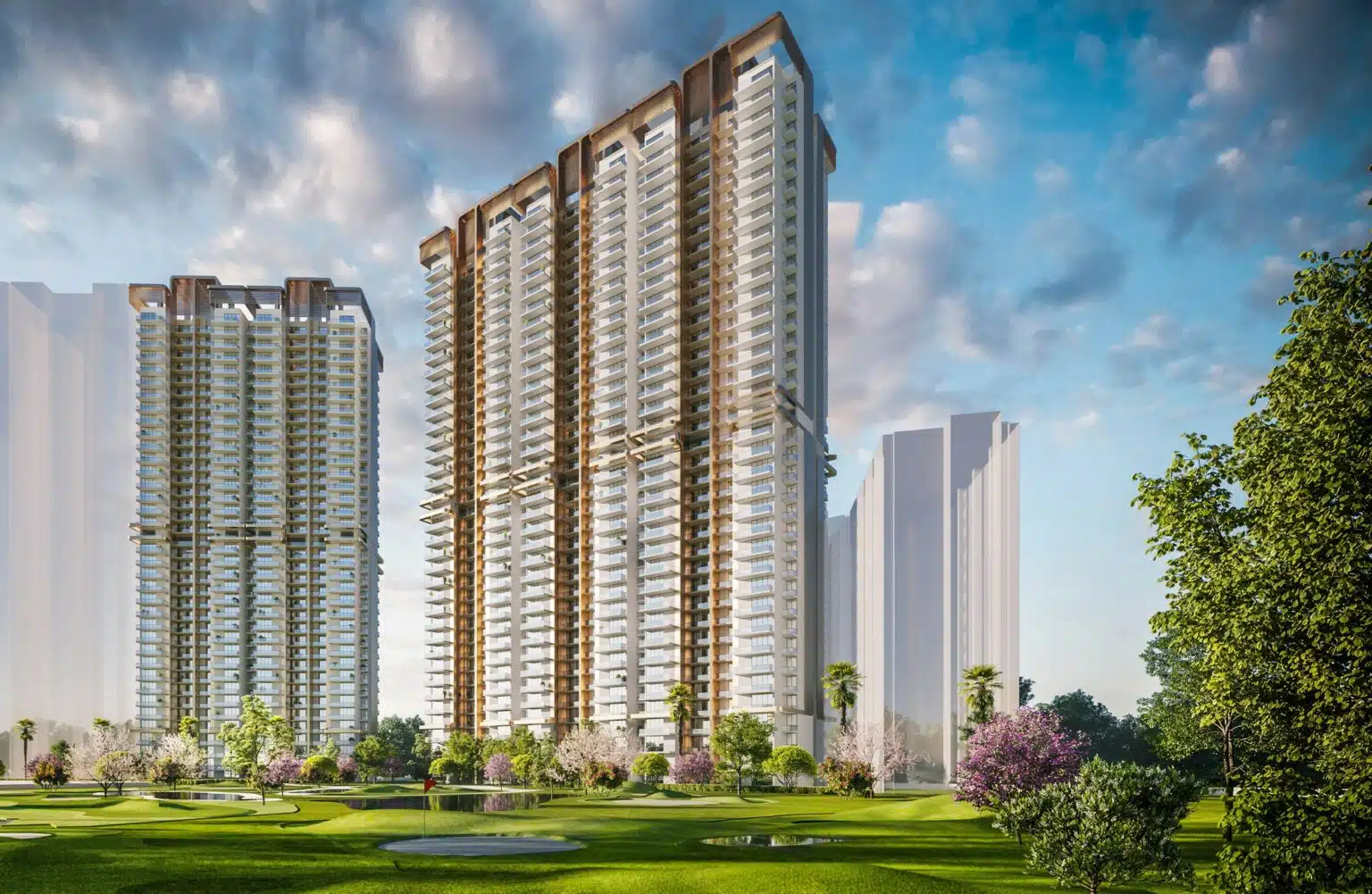Up until a little more than ten years ago, upscale high-rise residences, including penthouses, were only found in major cities like Gurugram, the “millennium city,” Bengaluru, or Mumbai. They were uncommon in Delhi’s terrain, which was predominately low-density.
However, the city’s times have changed. In addition, construction standards have changed. Over the past 13 years, there has been a surge in demand for luxury high-rise residential apartments, and a few private developers are to blame for the increasing number of these behemoths that now dot Delhi’s skyline.
With towering high-rise luxury flats dotting the capital’s horizon, Delhi is following in the footsteps of Mumbai (the former Bombay), and the days when Delhi resembles Mumbai or, for that matter, Gurugram, are not too far off.
A few well-known and respected developers have selected Delhi as the location for the debut of their opulent high-rise residential buildings. In an effort to become more upscale, they have created luxury apartments with cutting-edge features that will appeal to clients with upscale tastes.
The Delhi Development Authority (DDA) and the central government made the decision to adapt to the current situation because the city was overcrowded and had severe land scarcity. After height restrictions in Delhi were liberalized in 2013 as part of the city’s “masterplan,” developers were free to construct more opulent high-rise residential developments.

Private real estate developers like DLF, Unity, Parsvnath, Godrej, TARC, and others are altering what was formerly a low-rise metropolis by offering these flats in prestigious areas. The housing market in the national capital has come under less control from the DDA in recent years.
The well-known Godrej Properties, a subsidiary of the Godrej Group, one of the biggest commercial giants in India, has begun construction on two opulent high-rise residential projects in Delhi: Godrej South Estate Okhla and Godrej Platinum Okhla.
Some of these recently announced projects will alter how modern lifestyle has been viewed in the past. Apart from individuals planning to buy flats to live in, investors will find these buildings to be an outstanding investment opportunity thanks to their modern amenities and contemporary designs.
ThePrint was told by Rajeev Talwar, a former CEO of DLF and current advisor with the same company, that “the markets of Delhi used to be only two levels and all the houses used to be single-floors, but today they have all increased four times.”
Capital Greens, a 39-floor building in Moti Nagar, was the first high-rise complex in Delhi to be built by a commercial real estate developer when it was completed in 2009. Owner of Unity Group Harsh Vardhan Bansal asserts that DLF served as an example for other businesses looking to enter the sector.
The clearance of residential plots under the control of the Delhi Development Authority (DDA) for the development of cooperative housing societies was announced last week. These parcels will be e-auctioned off to financially stable organizations so they can buy them and use the proceeds to build housing projects. The national capital is quite likely to see further residential developments of this type emerge in the near future as a result of this announcement.
The preferences of prospective homebuyers will also shift as a result of these new high-rise luxury projects. These buyers, who preferred modern apartments to standalone homes or, for that matter, those who preferred modern apartments to standalone floors and were prepared to relocate outside of the national capital to even the NCR, will now be drawn to these contemporary apartments in these opulent high-rises. Despite the general slump in the real estate market, the real estate industry has seen some demand come from this group of homebuyers, particularly from those who have the motivation and resources to do so. The examples cases provided below demonstrate this point.

When it comes to purchasing luxury residences in New Delhi, newer purchasers are stepping forward. Instead of buying bungalows or standalone homes, which are far more expensive and lack facilities offered by developers at modern residential complexes, many purchasers are searching for high-rise apartments. Even while moving to other areas of the NCR is often not an option for Delhi purchasers, they still show a clear preference for flats with these contemporary facilities.
While King’s Court appears to base its price solely on its coveted location in South Delhi’s affluent Greater Kailash 2, Leela Villas’ charges appear to be entirely based on the amenities that they claim are comparable to opulent hotel experiences. These amenities include housekeeping, laundry, concierge, valet room service, spa, helipad cafe bar, and the highest glass-bottom pool in the nation.
In the National Capital, the market for luxury homes is already evolving, with buyers favoring completed homes and those that are ready to move into. Customers are already prepared to spend more if they see projects that are currently under construction or almost finished.
This neighborhood is popular with homebuyers because of its advantageous location halfway between the airport, Dwarka, and Gurgaon. According to statistics, 20,900 housing units have been introduced in this area from 2013 to now. This area’s costs are comparably more affordable, and throughout the years, this has attracted a number of buyers.
Read More: PFI ban, Property will be confiscated, bank accounts will be banned
Overall, according to a number of analysts, the market for luxury homes has rebounded in New Delhi.













